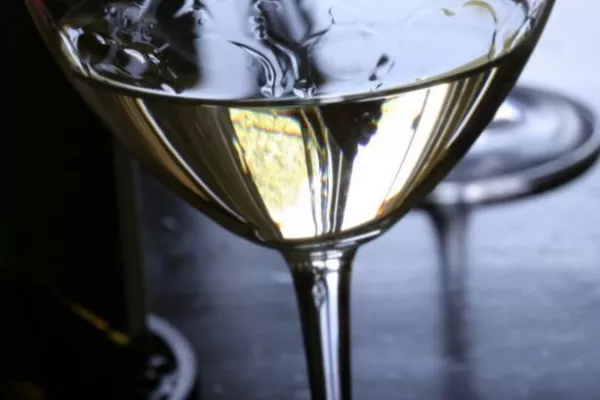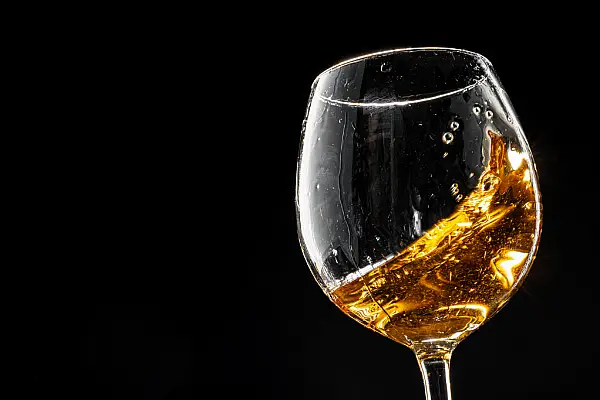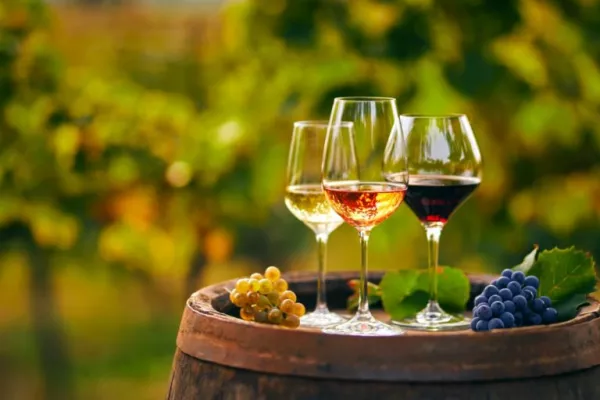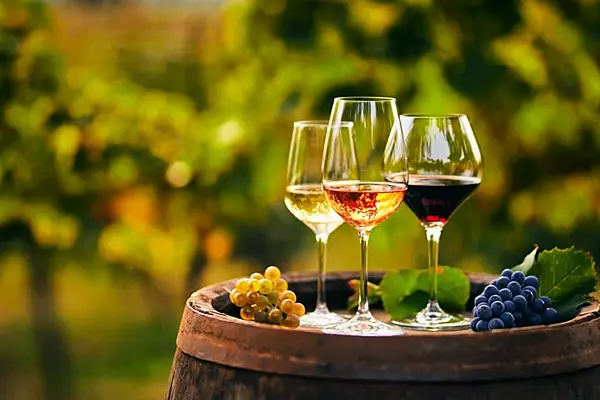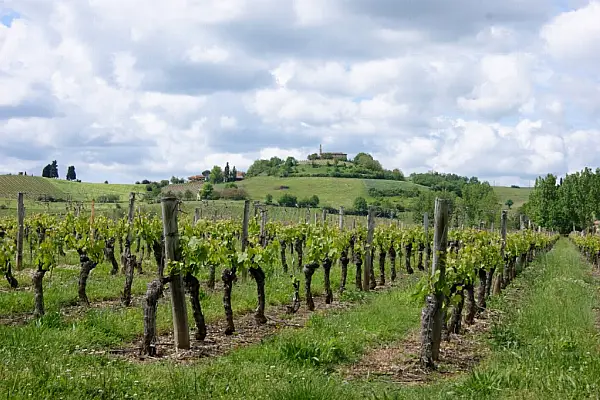If you’ve been avoiding chardonnay on the grounds that too many examples are garish and overblown, stop. It’s the most popular white in America—and better than ever.
What to know about the grape?
First, it’s native to Burgundy, where winemakers embrace a spectrum of styles, from steely, edgy, and chalky to creamy, rich, and golden. Chablis in Burgundy’s far north and Mâcon in the south are sources of delicious, reasonably priced bottles, and the two vintages now in shops are excellent. The 2014s are classic, pure, mineral, and savory; the just-arriving 2015s, from a warmer year, are exotic and rich.
And second, because the grape is so easy to grow, it’s ubiquitous around the globe, planted in wine regions from Chile to California to New Zealand.
It’s California’s most planted grape variety (95,000 acres’ worth), and the new-wave wines shun the oaky, butterball style that inspired the ABC (anything but chardonnay) movement a decade ago.
Yes, some of those over-the-top whites still exist—billionaire Gordon Getty once enthusiastically described them to me as “smash-face” chardonnays, while others refer to them as “fat Elvis” wines. But most of those now getting buzz have slimmer, more elegant profiles, even the ones with real curves. A winemaker at the 2014 Oregon Chardonnay Symposium described his as “lingerie-style” chardonnays, by which he meant they had a touch of French oak aging.
Lastly, chardonnay is one of the rare grapes that succeeds in a wide variety of styles, from powerful to finely finessed, from fresh and crisp to rich and deep. Winemakers love to give it their personal recipe spin, using stainless tanks to keep the wine bright and fruity or fermenting and barrel-aging to give it smoky overtones and lush texture.
New styles taste more of lemon than of tropical fruit; have a racy, mineral edge; and go much, much better with food. I could’ve picked many more than the 15 below.
Bottle Buying Guide
2015 Chehalem INOX Chardonnay ($19): This elegant unoaked chardonnay is from a pioneering Oregon winery. Silky, smoky, floral, juicy—it’s marked by a bright pear and lemon character that will highlight a rich fish dinner.
2014 Vina Errazuriz Chardonnay Wild Ferment ($21): This big-personality-for-the-price wine comes from a vineyard near the coast in Chile’s Aconcagua region. The swing between warm-day and cold-night temperatures gives the wine citrus and floral aromas along with lemon-lime and green apple flavors. Yes, there’s evident oak, but just the right amount.
2015 Pellegrini Unoaked Russian River Valley ($22): Sonoma’s Russian River Valley has long been a hotbed of fine chardonnay producers. Recently, Pellegrini has improved its quality, and this stainless-aged white is one of Sonoma’s top unoaked examples. Expect vivid pear and green apple fruitiness and crisp acidity.
2014 Matthiasson Linda Vista Chardonnay ($26): Winemaker Steve Matthiasson has helped shift California’s chardonnay style toward a brighter, fresher, less oaky profile. This one, from a vineyard in the Oak Knoll part of Napa, has aromas of figs and the kind of savory flavors that make it a perfect aperitif.
2015 Domaine Christian Moreau Chablis ($30): For good-value chardonnays from Burgundy, look no further than village Chablis like this bottling. Made by a great father-and-son team, it has the region’s trademark lightness, elegance, and minerality, but also the round richness of a warm vintage.
2014 Smith-Madrone Chardonnay ($32): This toasty, barrel-fermented chardonnay from Napa’s Spring Mountain has mineral tang and notes of juicy, bright lime as well as a creamy, succulent texture. Forty-year-old vines give it depth and complexity.
2013 Bethel Heights Estate Chardonnay ($33): The winery is best known for its sexy, luscious pinots, but it also makes one of Oregon’s best (and best-value) chardonnays. It’s barrel-fermented and made in a graceful, harmonious, tangy fruit style.
2015 Pierre-Yves Colin-Morey Bourgogne Blanc ($35): The must-buy wines from this hot Burgundy producer have climbed in price, but his entry-level chardonnay remains a good value. It’s a delicious blend of two vineyards with precise, juicy, fruit flavors and a chalky texture.
2014 Hamilton Russell Chardonnay ($35 to $40): A rich, sophisticated, Burgundian-style wine from cool Walker Bay in South Africa, it’s more mineral than fruity, with subtlety and elegance. Bonus: It has a track record for aging.
2014 Domaine des Héritiers du Comte Lafon Mâcon-Milly-Lamartine Clos du Four ($37): Dominique Lafon, one of Burgundy’s superstar white wine vintners, was one of the first Côte d’Or producers to invest in chardonnay vineyards in the less pricey Mâcon area, converting them to organic and biodynamic viticulture. This wine has a luscious, silky texture, smoky aromas, lemony flavors, and Burgundian elegance.
2014 Kumeu River Estate Chardonnay ($38): This New Zealand white from a pioneering winery shows the country isn’t just about sauvignon blanc. It produces several chardonnays that win blind tastings against Burgundies. The estate bottling has spicy, warm fruit richness and a round texture.
2015 Kutch Chardonnay Sonoma Coast ($42): Former investment banker Jamie Kutch made his name with brilliant pinot noirs and introduced his first chardonnay last year. The 2015 is even better, with expansive floral aromas, purity of fruit, and elegant minerality.
2014 Liquid Farm White Hill Sta Rita Hills ($42): You’ll see bottles from this chardonnay-focused winery on hot New York restaurant lists. From the coolest-of-the-cool part of Santa Barbara County, this chardonnay is lean and salty, with floral aromas, a taste of lemon, and minerals balanced by a rich texture.
2014 Bret Brothers La Soufrandière Pouilly-Vinzelles ($47): These two young, talented brothers are part of the revolution in the Mâcon region, producing a lineup of chardonnays from many different vineyards. This one is ripe and complex with aromas of flint and flowers.
2014 Stony Hill Vineyard Chardonnay ($48): This pure, long-lived white has been a Napa Valley classic for decades. I’ve tasted examples from the 1970s that are still gorgeous drinking. When young, the wine can fool you—it starts out delicate and develops weight and complexity after a few years.
News by Bloomberg, edited by Hospitality Ireland
